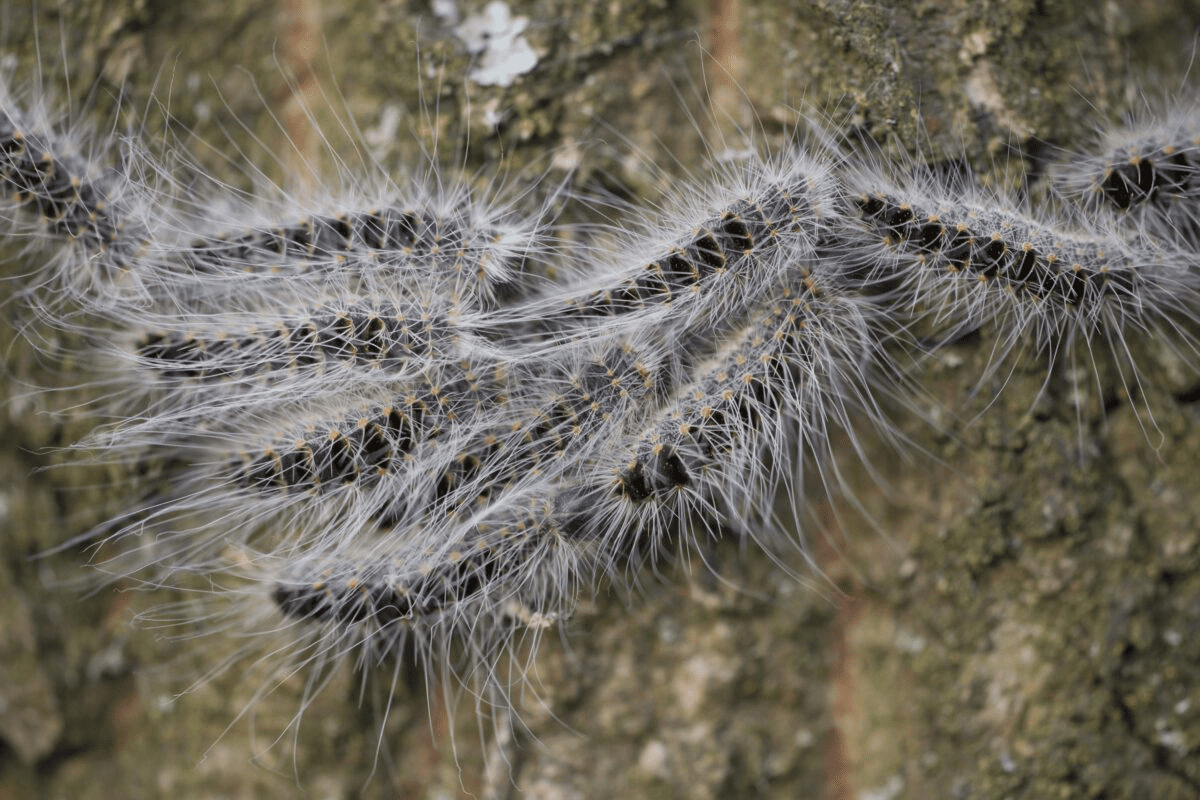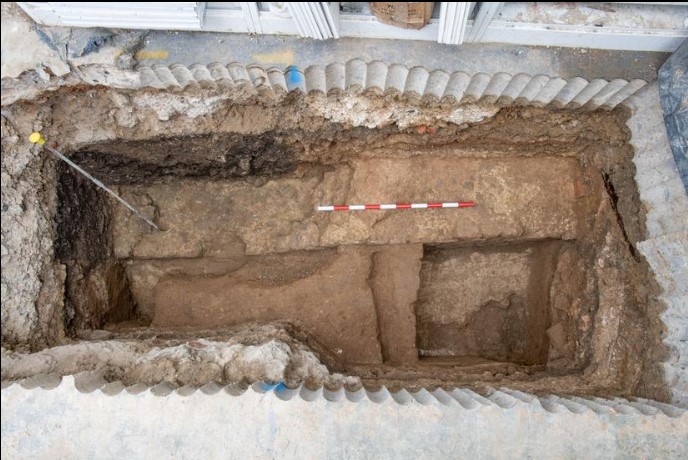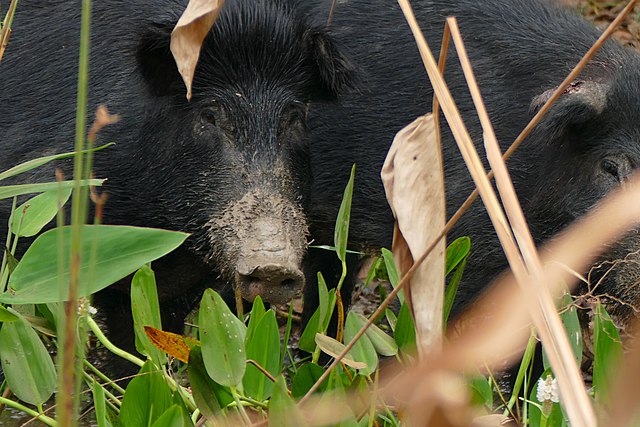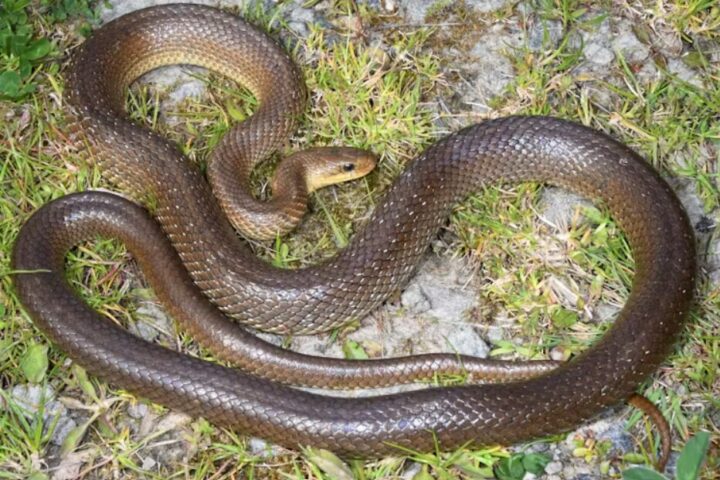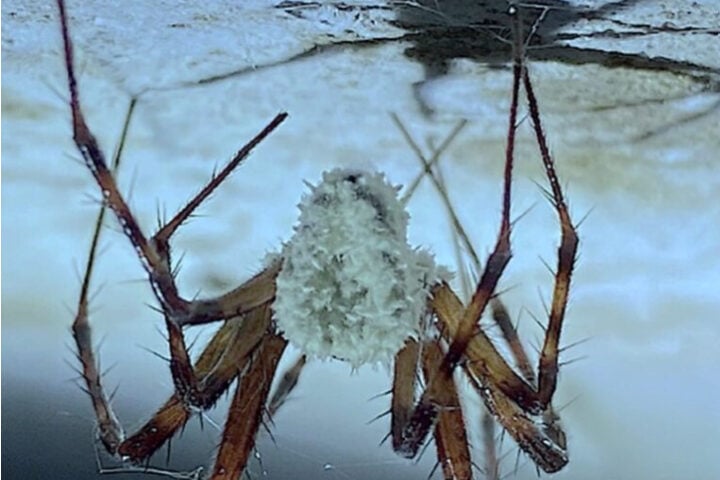In the quaint town of Long Eaton, Derbyshire, an environmental health crisis is taking root. An infestation of Oak Processionary Moths (OPM) is causing grave concern. As the caterpillars descend upon oak trees and infiltrate the landscape, they present a dual threat – to both the human population and the vital oak trees.
Endemic to southern Europe, the OPM first appeared in the UK in 2006. Now, a surprising emergence in Derbyshire raises important questions regarding their migration patterns and the spread of this invasive species. The infestation’s genesis is yet unclear. What’s known is the substantial threat posed by these tiny marauders, threatening not just our oak trees, but also public health.
The OPM caterpillars’ distinctive characteristics are their grey bodies, black heads, and an armor of long hair. They may be fascinating to look at, but their hair contains proteins that can cause severe health complications in humans and pets, including itchy rashes, irritated eyes and throat, and even respiratory problems. A deceptive danger lurks behind their intriguing parade.
Furthermore, the OPM’s feeding habits cause significant harm to the oak trees they infest. Their predilection for oak leaves can lead to defoliation, thereby stunting the trees’ growth and making them more susceptible to diseases and drought. In the long run, this can drastically impact our ecosystem.
Similar Post
Addressing this infestation is not a task for residents. The Forestry Commission has issued a strong advisory against private interventions, due to the risk of human exposure to the toxic caterpillars. The officials’ advice? Report any sightings. Tim Howlett, a resident of Long Eaton, demonstrated the importance of this directive when he found these unwelcome guests on his property.
The commission’s strategies to contain the infestation and stop its spread involve an integrated approach. They’ve sprayed insecticide on affected trees and plan to use pheromone traps to catch the moths. A comprehensive monitoring program will track the situation in Long Eaton for the next five years.
While the immediate crisis response is well underway, this incident urges us to critically reflect on our actions. The first OPM invasion in the UK in 2006 was traced back to imported oaks from Europe. This begs the question – what measures are in place to prevent similar incidents in the future?
The situation in Derbyshire underscores the necessity for robust biosecurity measures to protect our green landscapes. Meanwhile, the Forestry Commission and the Government are working tirelessly to manage the situation, whilst supporting landowners affected by the infestation.
This scenario is a timely reminder of the delicate balance that exists between humans, wildlife, and the environment. As we move forward, it’s crucial to adopt more sustainable practices, ensuring we co-exist without inviting ecological disasters.
Citizens’ vigilance can contribute significantly in this battle against the OPM. Sightings can be reported via the TreeAlert portal. Together, we can protect our precious oaks and maintain public health safety.
